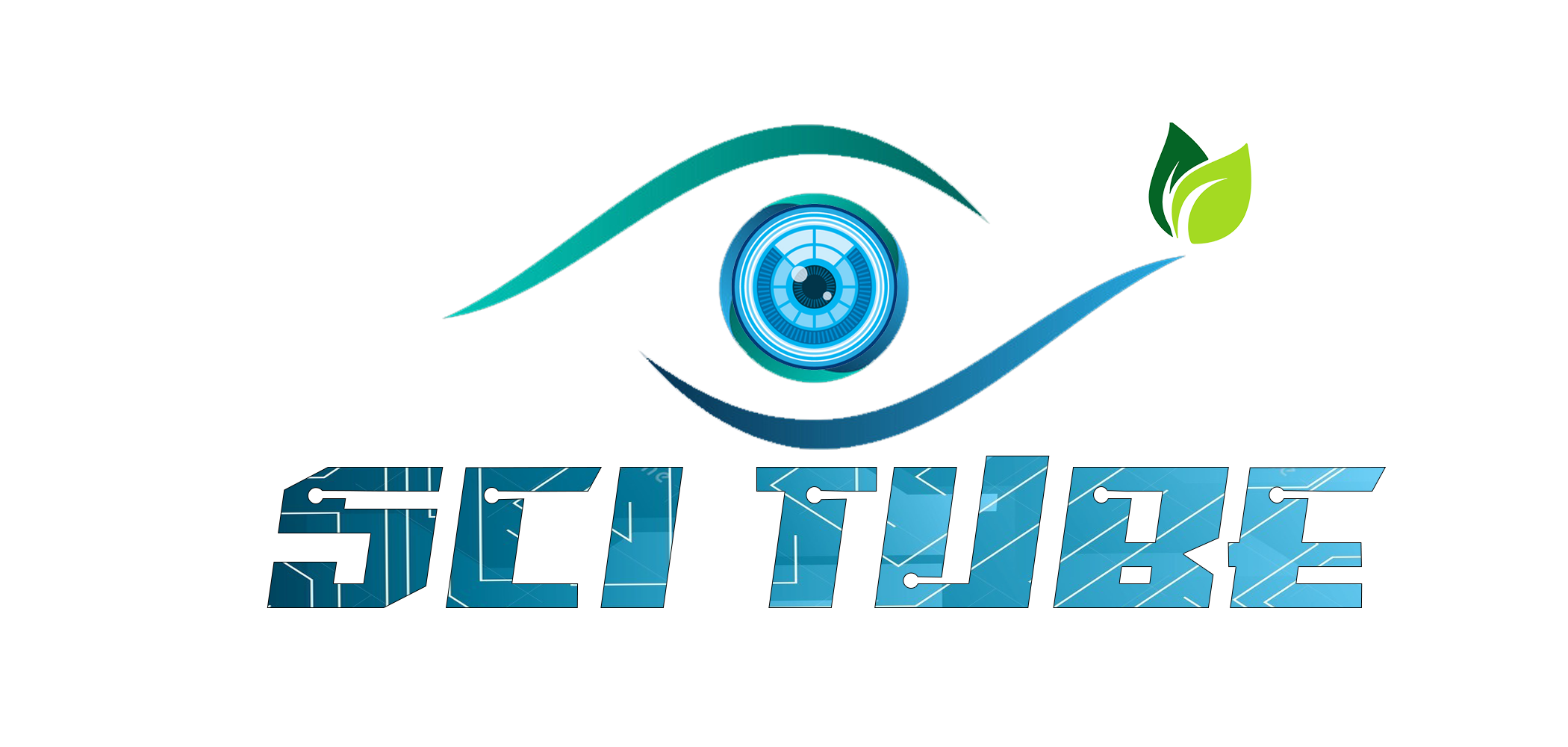Stem cell therapy has become a very promising and advanced scientific research topic in recent years. There is a huge interest on stem cells because researchers and doctors hope stem cell studies can help to increase understanding of how diseases occur, generate healthy cells to replace diseased cells (regenerative medicine) and test new drugs for safety and effectiveness. Stem cells are cells that have not yet specialized in the body.
That means they have not grown to a particular type of cell with a specific function such as muscle cell, skin cell, etc. Stem cells divide to form more cells called daughter cells under the right conditions in the body or a laboratory. These daughter cells either become new stem cells (self-renewal) or become specialized cells (differentiation) with a more specific function. No other cell in the body has the natural ability to generate new cell types.
Scientists are using two different types of stem cells in their research. They are embryonic stem cells and adult stem cells. Embryonic stem cells give rise to all cell types that are needed to make a living organism. An embryo begins as a single, fertilized egg that divides to form a blastocyst. The blastocyst is made up of embryonic stem cells, which can differentiate into all cells, such as brain, heart, liver, and lung cells. Embryonic stem cells can be collected from unused fertilized eggs from in vitro fertilization (IVF).
If stem cells are harvested, the embryo will not develop into an adult, which presents considerable ethical issues. Adult stem cells are found in small numbers in adult organisms, particularly in tissues like brain, bone marrow, muscle, skin, and liver. Adult stem cells replace cells lost through normal wear and tear, damage, or disease. For example, red blood cells only live for 120 days and are constantly being replaced by new blood cells derived from adult stem cells in the bone marrow. Adult stem cells can be extracted from adult tissues, although this can be difficult to do in the lab.

Figure 01: Types of stem cells
source: https://ezzy2017.com/2019/10/06/clinical-use-of-stem-cells-in-orthopaedics-part-6/
Stem cell therapy is a non-invasive treatment that aims to replace damaged, diseased, dysfunctional or injured tissue using stem cells or their derivatives. It is the next chapter in organ transplantation and uses cells instead of donor organs, which are limited in supply. It is a is a form of regenerative medicine. Stem cell therapy can be deployed systemically via IV (Intra Venous) or injected locally to target specific sites such as Knee, hips, hands, depending on patient needs.
Mesenchymal stem cells (multipotent stem cells found in bone marrow) are mostly used in stem cell therapy treatments. It has been designed to repair damaged cells within the body by reducing inflammation and modulating the immune system. Stem cells have a unique, intrinsic property that attracts them to inflammation in the body.
Studies have shown that stem cells can regenerate damaged or diseased tissues, reduce inflammation and modulate the immune system promoting better health and quality of life. Mesenchymal stem cells do this by influencing tissue repair via paracrine effects (cell signaling in order to change the behaviour of existing cells) or direct cell-to-cell contact. This makes stem cell therapy a viable treatment option for a variety of medical condition including autoimmune diseases, orthopedic conditions, and traumatic injuries, Multiple Sclerosis, Lupus, COPD, Parkinson’s, and more. While stem cell therapy does not necessarily provide a cure for these conditions, the premise is to allow the body to heal itself well enough to mitigate the symptoms of the conditions for long periods. In many cases, this effect can substantially increase the quality of life for patients.

Figure 02: Diagram showing the processes of MSCs and how they reduce inflammation within the body.
Source: https://www.dvcstem.com/post/stem-cell-therapy
The procedure of the stem cell therapy can be described as following. At the very first researchers grow stem cells in a lab. These stem cells are manipulated to specialize into specific types of cells, such as heart muscle cells, blood cells or nerve cells. The specialized cells can then be implanted into a person. For example, if the person has heart disease, the cells could be injected into the heart muscle. The healthy transplanted heart muscle cells could then contribute to repairing defective heart muscle. Researchers have already shown that adult bone marrow cells guided to become heart-like cells can repair heart tissue in people, and more research is ongoing.
Stem cell therapies can offer key benefits for your physical health and wellbeing such as;
- Reverse inflammation
- Regulate the immune system
- Re-establish cell-to-cell communication
- Replace damaged cells
- Regenerate normal blood flow
There are several advantages and disadvantages of stem cell researches on stem cell therapy. Some of the advantages are stem cell research offers countless medical possibilities, researchers may be able to treat diabetes by turning stem cells into insulin-producing cells, it can help progress cancer research and by studying them, researchers may be able to develop treatments that are more effective against cancer cells. The main disadvantage of stem cell researches on stem cell therapy are the ethical issues. It involves the destruction of human embryos, we currently do not have a complete understanding of how embryonic stem cells work and transplanted stem cells can have high rejection rates. There are major hurdles to overcome before future stem cell treatments could reach the clinic. However, with more research and continued investment, future stem cell therapies could transform disease outcomes for many patients. This will need ever closer collaboration between doctors and scientists, together with the patients who participate in these pioneering trials.
Author: Nishinki Thakshana de Silva
B.Sc. (Special degree in BioChemistry and Molecular Biology) Undergraduate
Faculty of Science University of Colombo
References: 1.https://www.mayoclinic.org/tests-procedures/bone-marrow-transplant/in-depth/stem-cells. (Accessed on 15.07.2020) 2.https://www.dvcstem.com/post/stem-cell-therapy (Accessed on 15.07.2020) 3.https://ezzy2017.com/2019/10/06/clinical-use-of-stem-cells-in-orthopaedics-part-6/ (Accessed on 15.07.2020) Featured image:https://www.freepik.com/free-photos-vectors/background






I love your research, well job done.
Thank you so much! 😊